DENNIS HINZE







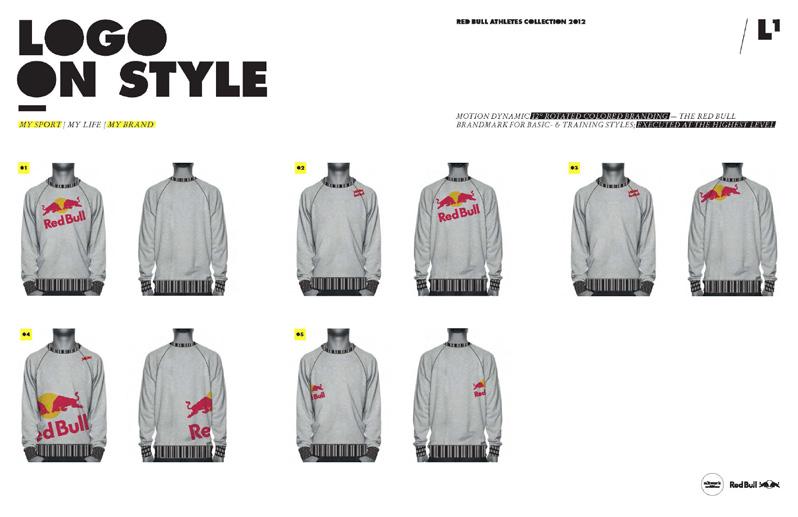
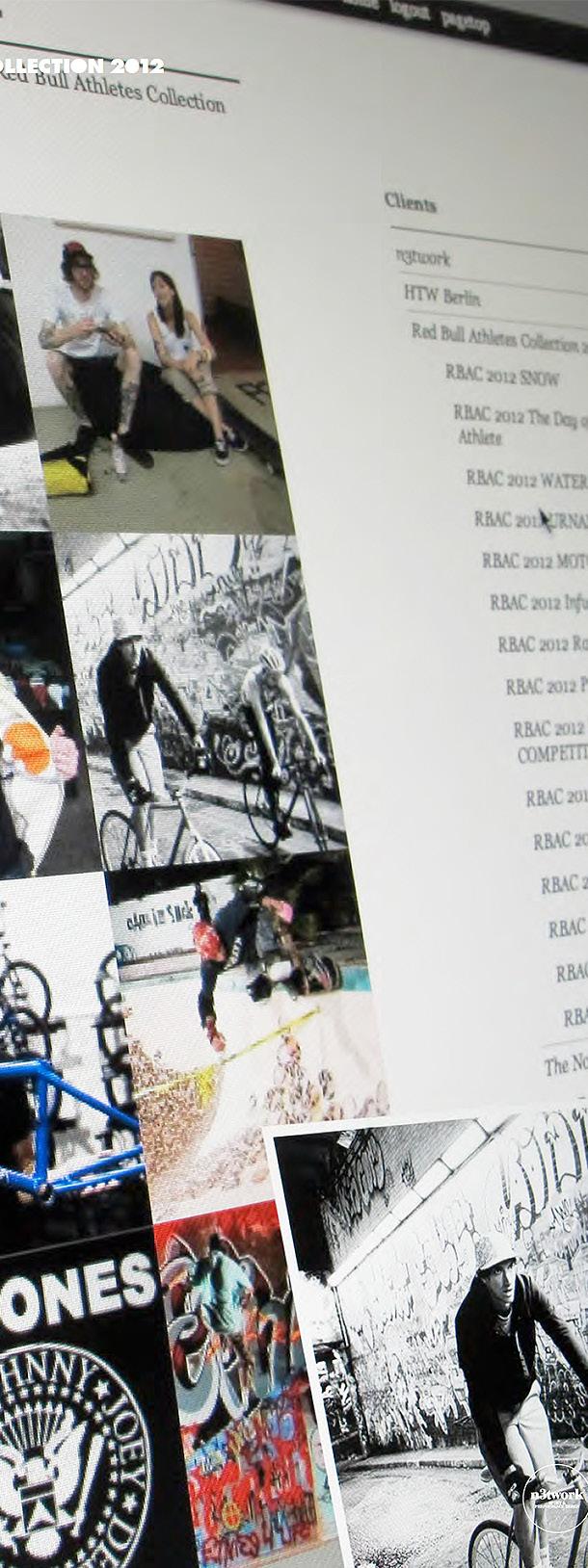 RED BULL Athletes Collection
RED BULL Athletes Collection
RED BULL Athletes Collection
RED BULL Athletes Collection
My upbringing was all about sports. My sister was into music, but all I wanted to do was sport. All day every day.
While most kids usually have an interest in one sport and will stick to it, I was doing multiple sports all the time. And whenever I felt I was good enough at something, I would pick up the next.
When I was 19 I was into martial arts. But I was also into skiing, and unfortunately, I tore a ligament in my knee the week before I was going to do my black belt in Jiu-Jitsu. That really put a whole new perspective on sports for me - how to take care of yourself.

So, these days, I’m mostly into cycling. I’m a member of a ‘ SCUDERIA’, a social cycling club, and I go Mountain Biking every week.
In the beginning, sports and fashion design weren’t really connected. I was very much attracted by the world of fashion – the famous designers and the fashion models.
I quickly realized I wouldn’t become the next Karl Lagerfeld - I just wasn’t crazy enough, or outgoing enough to pursue a career in high fashion.
THE FIRST THING YOU NEED TO LEARN WHEN YOU START WORKING IN SPORT FASHION
IS THAT YOUR DESIGN HAS TO FUNCTION.
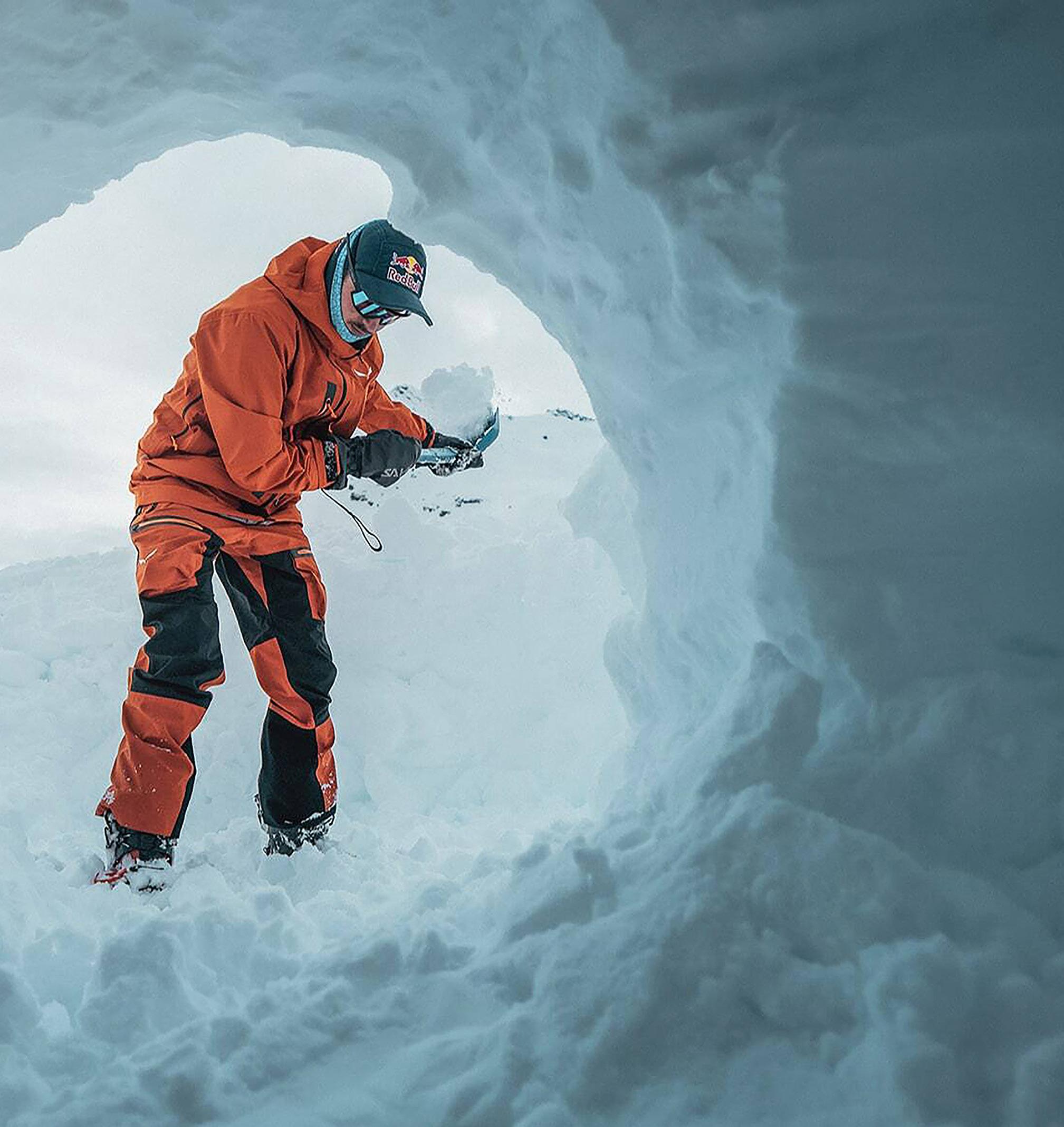
Even so, it probably wasn’t till my last year at design school that I focused on sports. My final diploma thesis was an outdoor collection, which I presented to lots of different brands from all around the world.
Nothing happened at the time, but a couple of years later, one of these brands, Salewa, gave me a call and said, ‘Hey, do you want to do your collection for us?’ That was my entry into the sports industry! Everything else just happened organically.

In high fashion, the aim is to create excitement with people by doing something that is outstanding, loud and different. Collections will change dramatically from one season to the next.
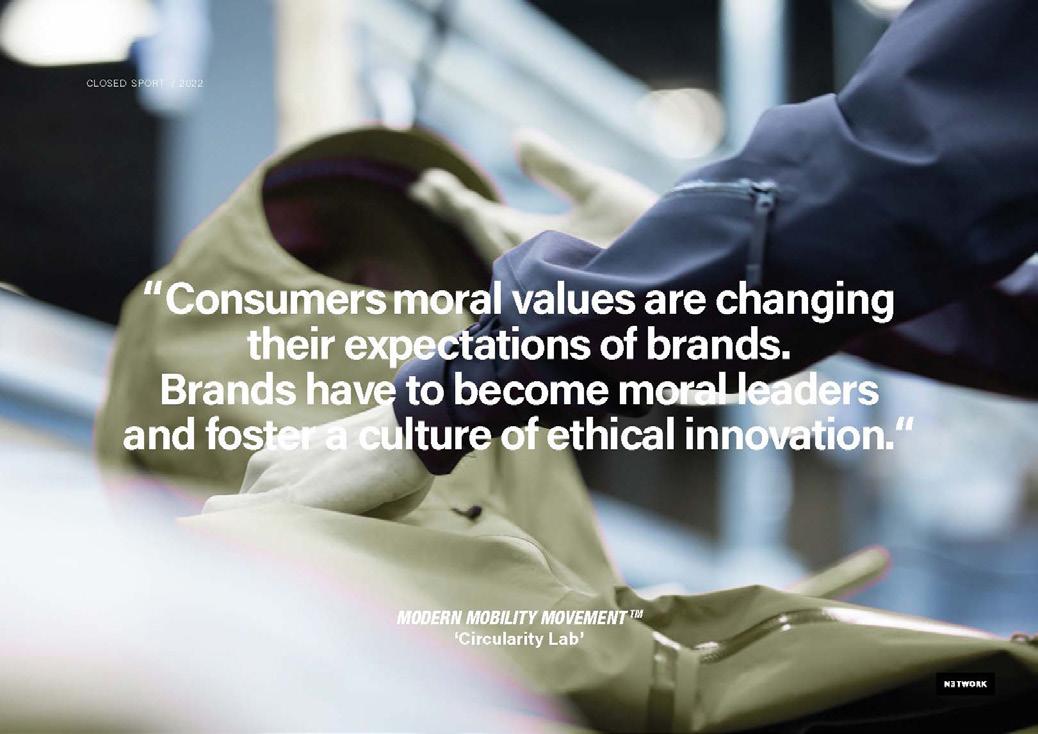 MODERN MOBILITY MOVEMENT Circularity Lab
SALEWA Brand Creative Direction
MODERN MOBILITY MOVEMENT Circularity Lab
SALEWA Brand Creative Direction
In the sports industry, you try to build a pattern for a brand that is very consistent, and which slowly evolves to elevate the pre-existing product.
We try to create a strong DNA which usually consists of product architecture and product innovation.
If there is a particular visual element that a brand has been using on one or multiple successful products, you would try to design using this same element, and variations of it, across the entire collection. For The North Face, one of their original products

was the Denali Fleece Jacket. It had large black shoulder patches, using an abrasion resistant fabric.
Fortunately for us, as designers today, the fabric they needed for this was only available in black. So the shoulders became black. So now, you see a jacket with black shoulder patches and it is very likely that you think of The North Face.
SALEWA Brand Creative DirectionThis kind of thing can define an architecture for a brand. So when we were working for The North Face, we had this pre-existing architecture –color blocking, material contrast, rectangular design lines - from their heritage products, and we tried to evolve that into other concepts.
The more you recognize these patterns in the products, the more you will like the brand. This is almost the opposite of high fashion, where you come up with something totally new, totally different, every single season.
The first thing you need to learn when you start working in sport fashion is that your design has to function.
You need to understand pattern making, but you also need to know all aspects of the product’s end use. For example, if I design a hood for a climbing jacket, it has to be constructed so that, when you turn your head, the
hood won’t block your view, that would be dangerous. So it has to follow your movement.
These are aspects of design that you don’t learn in any design school, you only learn by doing, or working with one of the big sports/outdoor brands.
And since I didn’t start out working in a big sports corporation, we had to learn those things through projects, and by working with skilled people. I was lucky that one of the first people I worked with had been a technical designer at Arc’teryx, which is probably still the highest level of technical product you can buy. She really taught us how to design and engineer technical sport products.
It really depends on the type of project. But yes, the key to innovation is research. We constantly stay connected to what is happening in the sports industry, but more so we heavily focus on consumer mindsets, sport codes,
material innovation, technology, design strategy and creative direction.
Sometimes all these are really connected. Red Bull, for example, they have 1000 athletes, covering more than 100 sports. We built a high level collection for all these athletes, but there was no real in-house team, so we did everything from concepts, to designing, to working with technical factories in Asia and Europe to engineer the product.
While I was working for an American ski brand, Spyder, I met their Creative Director and he became a friend. Then, one day, he called me and said, “Hey, why don’t we do something together?”
So we decided to open a N3twork office in the US, in Boulder, Colorado, where he was based.
Discussing our goals, the one thing we really wanted to do was creative direction, as an external design agency, for big companies.

 THE NORTH FACE Steep Series Collection
THE NORTH FACE Steep Series Collection
THE NORTH FACE Steep Series Collection
THE NORTH FACE Steep Series Collection
WE JUST LISTEN AND THIS LISTENING BECOMES A CONFIRMATION OF WHAT WE NEED TO DO LATER.

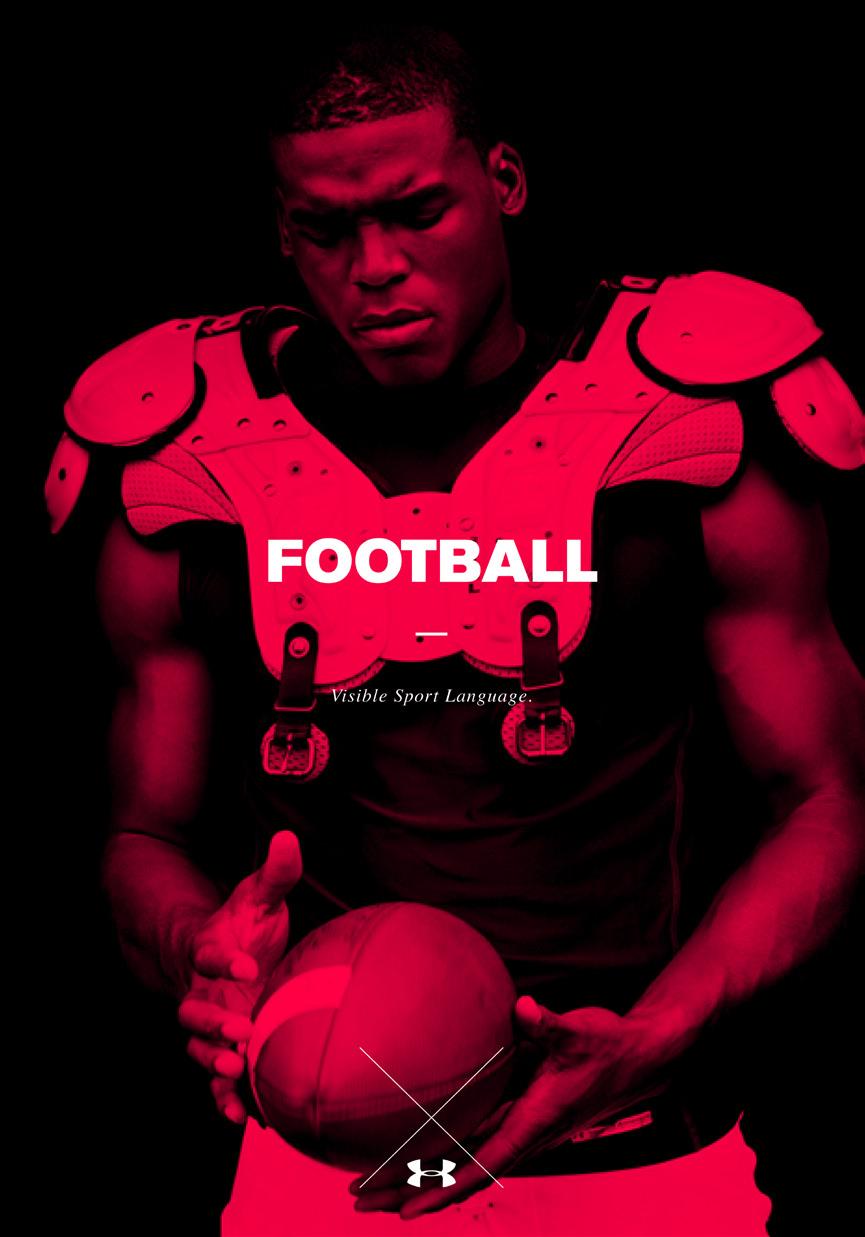
So, cutting a long story short, we got introduced to one of the bosses at The North Face. He asked, “What do you want to do for us?” We said, “We want to do creative direction for The North Face.” He said, “Are you sure? An external design agency working for the biggest outdoor brand in the world? As creative directors?”
We were just this American guy who had worked at Nike, and a German guy, who’s been doing his own thing.
Well, they called us back and said, “Okay, we want you to build the Global Product DNA for The North Face. Tell us how every single product of The North Face has to be designed in future to allow the brand to grow from $1 billion to $5 billion.”
We came back with a proposal. And we said we needed three years. He said, “You have three months.”
So we flew to California, and did a ‘Get To Know The Brand´ exercise for the first time. This later became one of our Creative Direction tools, which we today apply from one client to the next.
listening becomes a confirmation of what we need to do later.
It confirms ideas, but also presents the complexity within the company, so we know better how to navigate the internal structure. And it allows you to meet people and build trust.
YOUR CLIENT LIST READS LIKE A WHO’S WHO, BUT YOU MUST HAVE STARTED OFF SMALLER? HOW DID YOU BUILD UP TO THIS STELLAR LINE-UP?
At first it really was just approaching brands and asking for a job. At some point I guess I was lucky to be there at the right time.
But generally, I guess, people will meet you, and if they like you, they ask themselves if they trust you. Will you get the job done? Even if they don’t know what the actual job is. That trust is the number one thing. Then later, maybe reputation.
We met all the people we thought were interesting at The North Face. Athletes, marketing bosses and so forth. And we asked to meet the person that had been working at The North Face the longest.
lady. She might have been in her 50s. She obviously had no interest to talk to us. She said, “What do you want?”
We asked her, “When was the last time The North Face built an iconic product?” She said: “We’ve built five iconic products. Any other questions?”
That interview became the future of The North Face.
We researched the 44 year history of The North Face. That became the main influence. Specifically, the “Never Stop Exploring” theme they had way back, but had totally lost along the way.
A lot of what we produced was a ‘Design Ethos’ and a ‘Product Design Tool’ that consisted of the defining brand elements.
We presented that concept after the three months, but then we also got to work on the launch of ‘Steep Series’, which was the first big mountain ski collection they did. That was a new project, so we could showcase more of what we had put into that formula.
Then the Olympics came along. So in the end, it was almost six years, working for The North Face.
In order to get an understanding of what the brand is about, their internal culture, we go in for a few days and we speak to people. We just listen and this
So, there we were, sitting in our conference room. The marketing director had already been in, and all these other people, then came in a Chinese
The most important aspect for us to understand about that project was that those guys at the Olympics were friends. A bunch of kids, from different teams, hanging out at the Olympics, having fun. Whoever got the best trick at the end of the day, won.
In one of the early meetings, one of the athletes said: “the Olympics need us more than we need the Olympics.” We used that quote and that counter culture attitude to develop a “Rebel Americana” theme that defined the design of the US team wear.
The athletes mindset, the mindset of a lot of these new sports, totally changed the perspective of competi -
tion in sports. The community aspect is what is most important. It defines the sport but also the way they dress. Expression is most relevant. Function is given.

I don’t follow inspiration. I try to create strategy.
Usually, I’ll meet the client, and they present a problem. I have an immediate thought, but I will then do the research and ask enough questions to confirm the problem.
Is it an internal communication thing? Have the product teams worked on something that doesn’t make sense for the brand? Has there been
great ideas, but they didn’t have the consumer for it? Or is it their positioning that doesn’t match their product expectation?
While I’m finishing the description of the problem, I’II have initial thoughts of what a possible solution could be. And from there, I know that within a given time frame, I will develop the Creative Direction.
Then there’s different elements that I use to visualise. Sketches, an architecture that’s relevant for the brand. Color, execution, a story line, and images that give the client an idea of what they could become.
THE NORTH FACE Global Product DNADesigning the final products for us is ultimately important because, what I’ll be doing is putting a jacket on a table, or on a person. And with that jacket, I have to be able to show my client, the brand, what will become in the future.
Creative Direction is “telling a story that people, inside and outside the brand, have to believe in”.
I presented our concept for the first collection to Dietrich Mateschitz, the owner of Red Bull. While the atmosphere was super nice and the setting
was almost private, his aura was super present. Inspiring and maybe a little intimidating.
The Red Bull logo has those two bulls in red, and then the sun in yellow between them. But I didn’t like the yellow, on apparel it seemed cheap to me, so I used a gold sun instead.
In the presentation, Mr. Mateschitz just looked at me, for like a minute or so and didn’t say anything. Then he said, “Do you really think that I will repaint all the planes I own, all the Formula One cars, all the stadiums I’ve built around the world, in gold?”
“Well,” I said, “probably not. But, don’t you like the gold on the styles?” And then he said, “Yeah, it looks great on the polo shirt.” And that was it!
In the world of sport fashion there’s so many brands that compete for the same consumer. And in competing for the same consumer, they often times present the same product.
And interestingly, the more complex the sport is, from a technical perspective, the more brands compete in that zone.
In soccer, you have maybe five or six brands. But in outdoor & technical mountaineering, you have 30+ brands competing for the same consumer, using same or similar technologies.
Because of that, the brands have to understand that in order to be seen and liked, they have to present themselves in a context. They have to have a clear
answer to the question, ‘why do we exist in the first place?’
So when we go in, we want to understand this question. The North Face was a couple of guys that had a store in California. They were avid mountaineers and they needed products that didn’t exist, so they built their own stuff. They explored products in a new area of activities.
That heritage, of being in California, being climbers, is what you would want to keep hold of. But when The North Face became only fashion, the ‘why’ got lost.
Adidas is a global sports brand, but mostly it’s a soccer brand. They “owned” soccer and they became famous for their black leather soccer shoe with the three white stripes.
While the brand has dramatically evolved from the early days, that team sports DNA is so deeply rooted in the brand, that everything they do must come back to that.
When Adidas entered outdoor sports, some years back, it didn´t really succeed because their products didn’t have the Adidas DNA. And the core consumers said, ‘You’re not a mountaineering brand.’

Now with Adidas, as their new collections feel more ‘team sport’ and different to anything else you will find in the outdoors market, people have a reason to like the brand in that area.

THERE’S A LOT RIDING ON THIS QUESTION OF ‘ WHY ’ A BRAND EXISTS, ISN’T THERE?
There is, but when you answer it correctly, you have the opportunity to become something like Patagonia. Everybody likes Patagonia. Because the ‘why?’ is so strong.
Everything Patagonia does tells you that they have an interest in making the world a better place. They will take whatever old product from you, repair it and give it back to you, because they like the idea that something can exist forever. So that’s the reason for their existence.
Nike’s reason for existence is to make the athlete better. So any solution they create is about making the athlete better.

For Red Bull, I think it’s all about new unexpected experiences. The possibility to do something that was only a dream. One thing that Red Bull does when athletes get signed, they will be asked if there’s anything that they ever dreamed of doing. If they feel it can be achieved safely, the brand will help them realize that dream. Red Bull ‘gives you wings’ really became the DNA of the company.
 US FREESKIING TEAM Sochi Olympics
US FREESKIING TEAM Sochi Olympics Athletes Quote
US FREESKIING TEAM Sochi Olympics
US FREESKIING TEAM Sochi Olympics Athletes Quote
Where we come from is that consumers had an interest in a sport product, because it would answer their functional needs: to stay dry, warm, comfortable, safe,…

Today its all about identifying with a brand. Does the product reflect the sport’s culture? Is it relevant for their core audience?
I think the next phase we’re entering is the mindset phase. Right now, we are designing into consumer mindsets more than just sports. Designers and business leaders have to make sure that something we build as product, or decide for the brand, doesn’t hinder the consumer from buying that brand.
For example, if Patagonia did a collaboration with Mercedes, it would harm the brand. Because the mindset of the Patagonia consumer doesn’t see that connection, at all. So they would totally question the brand.
Brands have to become moral leaders and foster a culture of ethical innovation.

THE
MINDSET, THE MINDSET OF A LOT OF THESE NEW
I can’t overstate how much detail designers put into individual products today. Nothing is just obvious. Everything is micro detailing, and this is all related to the consumer and individual sport mindset.
For example, we designed the Tottenham Hotspur uniforms for Under Armour. They were new to the sport, never had done soccer outfits before. Tottenham, being one of the oldest clubs in England, their fans hated the sponsorship deal.
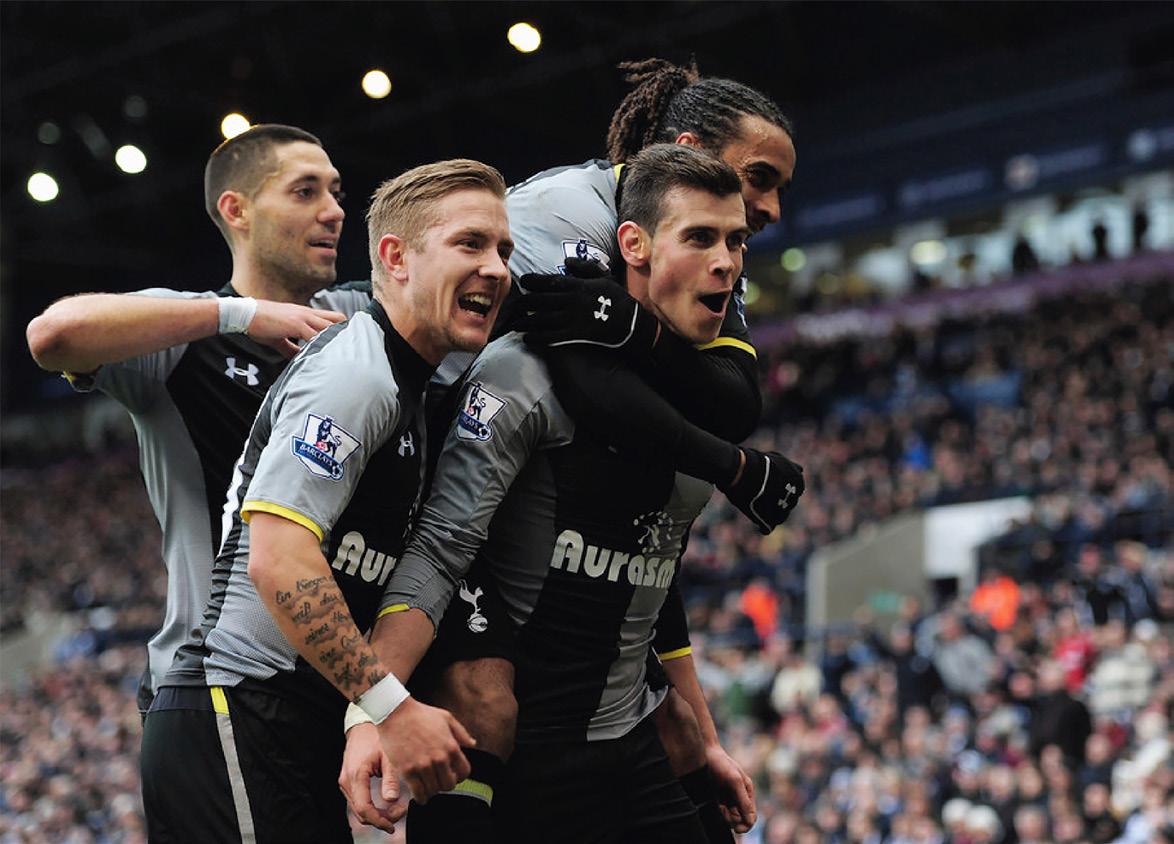
So we looked into the history of Tottenham, searching for all these graphic symbols and hidden messaging. Stuff that was really only relevant for the Tottenham fans. And we created a design language based on those symbols.
So the graphic messaging that was invisible to casual consumers would be visible to the Tottenham fans and help to form a bond between the brand and the fans.
What we, as designers, are working on today, represents the future. It’s something that doesn’t exist today. So we have to go deeper. That’s why we are designing into the mindset.
WE ARE DESIGNING INTO FUTURE MINDSETS.

Design Friends would like to thank all their members and partners for their support.
Support Design Friends, become a member. More information on www.designfriends.lu
COLOPHON
PUBLISHER Design Friends
COORDINATION Guido Kröger
LAYOUT Mado Klümper
INTERVIEW Mark Penfold
PRINT Imprimerie Schlimé
PRINT RUN 250 (Limited edition)
ISBN 978-99987-939-5-8
PRICE 5 €
DESIGN FRIENDS
Association sans but lucratif (Luxembourg)
BOARDMEMBERS
Anabel Witry (President)
Guido Kröger (Treasurer)
Heike Fries (Secretary)
Claudia Eustergerling, Reza Kianpour, Dana Popescu, Hyder Razvi (Members)
COUNSELORS
Charline Guille-Burger, Silvano Vidale
WWW.DESIGNFRIENDS.LU
WWW.N3TWORK.DE
Design Friends is financially supported by
This catalogue is published for the lecture of Dennis Hinze "Driven to explore the Future of Sport" at Mudam Luxembourg on 10th of May, 2023 organised by Design Friends
In collaboration with Partners Service Partners